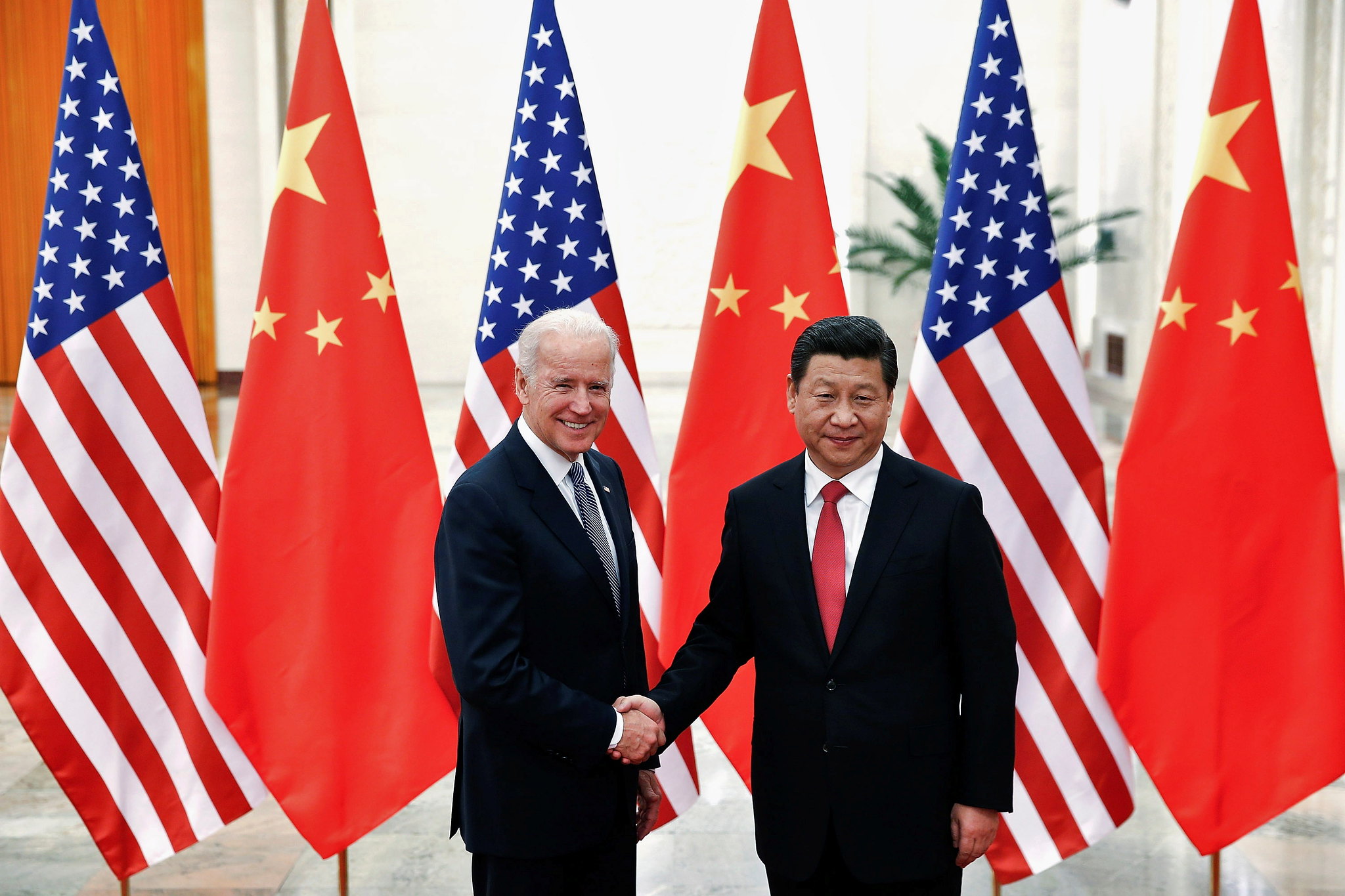The evolving dynamics between the United States and China have taken center stage, especially amid global uncertainties. The upcoming summit between the presidents of these two global giants underscores a pivotal moment in international relations. Let’s delve into the nuances of this evolving relationship and the quest for crisis prevention that defines their engagements.
Understanding the Current Landscape
The recent history of U.S.-China relations has been tumultuous, marked by fluctuating tensions and occasional breakthroughs. From trade disputes under the Trump administration to broader tech constraints during Biden’s tenure, the relationship has been under strain. Flashpoints like Taiwan and the South China Sea add complexity and fragility to the situation.
The crucial meeting between Presidents Biden and Xi aims to navigate these challenges by expanding dialogue. Experts emphasize the need to lower the risks in their relationship, preventing a crisis neither leader desires. The timing of this meeting, ahead of significant political events in both countries, highlights its strategic importance.
Easing the Tensions
Sentiments have shown signs of improvement, albeit modest, over recent months. High-level visits and communication channels have been established, contributing to a perceived easing in the atmosphere. However, experts caution that despite this apparent relaxation, tangible changes in the relationship are yet to materialize.
Export controls emerge as a primary concern, with the Biden administration imposing restrictions on critical technology exports to China, primarily in semiconductors. This issue remains a top priority for Beijing, though Washington remains steadfast in its national security stance.
Taiwan Factor and Geopolitical Implications
Taiwan’s upcoming presidential election adds another layer of complexity to the situation. Beijing views Taiwan as an integral part of its territory and a sensitive issue in diplomatic relations. Recent interactions between U.S. officials and Taiwan have strained the relationship further, prompting Beijing’s reactions such as suspending talks on climate cooperation.
Pursuing Areas of Cooperation
Amidst this backdrop of tension, both countries recognize the importance of cooperation. Efforts to establish formal bilateral working groups on specific areas like artificial intelligence and humanitarian aid underscore the acknowledgment of shared responsibilities despite competitive dynamics.
However, trust remains a significant challenge. Mutual skepticism prevails, hindering substantial progress in collaborative efforts.
Paving the Way Forward
As the highly anticipated summit approaches, goodwill gestures from both sides pave the way for discussions. Increased direct flights, trade agreements, and efforts to address business grievances demonstrate a semblance of cooperation.
The symbolic return of pandas to China and the orchestral diplomacy surrounding the 50th anniversary of U.S.-China relations mirror the historical context and the enduring efforts to maintain ties amidst fluctuating geopolitical landscapes.
FAQs on U.S.-China Relations: Crisis Prevention and Dynamics
1. Why are U.S.-China relations crucial on the global stage? Answer: U.S.-China relations impact global geopolitics, economics, and security due to their status as the world’s largest economies and influential political powers.
2. What are the key factors contributing to tensions between the U.S. and China? Answer: Trade disputes, tech restrictions, and geopolitical issues like Taiwan and the South China Sea contribute to the tensions between the two nations.
3. How is the upcoming summit between Presidents Biden and Xi significant? Answer: The summit aims to expand dialogue, lower risks, and prevent potential crises, especially before important political events in both countries.
4. Why is Taiwan a sensitive issue in U.S.-China relations? Answer: Taiwan’s status is contentious; China considers it part of its territory, while the U.S. maintains unofficial relations with it, leading to strained diplomacy.
5. What are export controls, and why are they a concern in the U.S.-China relationship? Answer: Export controls restrict critical tech exports to China, primarily in semiconductors, due to national security concerns, a major point of contention.
6. Are there areas where the U.S. and China cooperate despite their competitive relationship? Answer: Both countries recognize the importance of cooperation in areas like artificial intelligence, humanitarian aid, and specific global issues.
7. How does the lack of trust impact U.S.-China relations? Answer: Mutual skepticism hampers progress in collaborative efforts, hindering substantial improvement in the relationship.
8. What recent goodwill gestures have been observed between the U.S. and China? Answer: Increased direct flights, trade agreements, and attempts to address business grievances reflect efforts to foster cooperation.
9. Why is the return of pandas and orchestral diplomacy significant in U.S.-China relations? Answer: Symbolic gestures like these reflect historical ties and ongoing efforts to maintain relations despite geopolitical fluctuations.
10. What are the potential implications of the U.S.-China summit’s outcomes? Answer: The summit’s results could set the tone for future relations, impacting global stability, trade dynamics, and geopolitical strategies.
Tags:
- U.S.-China relations
- U.S. politics
- China politics
- Geopolitics
- Diplomacy
- Trade tensions
- International relations
- Summit meeting
- Export controls
- Global cooperation










